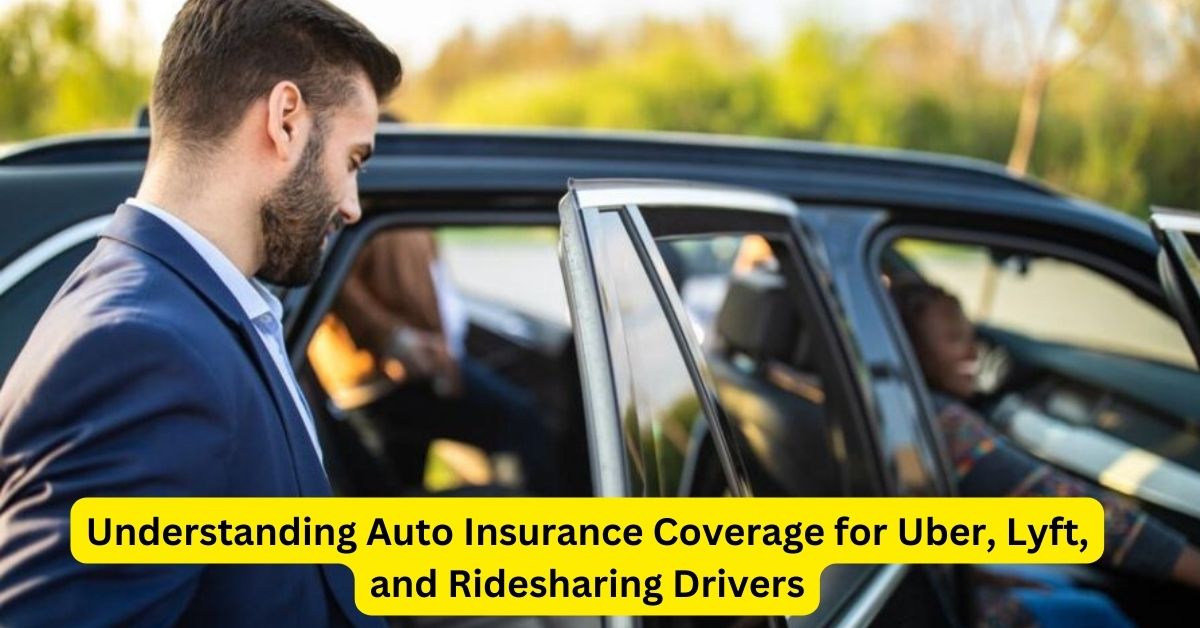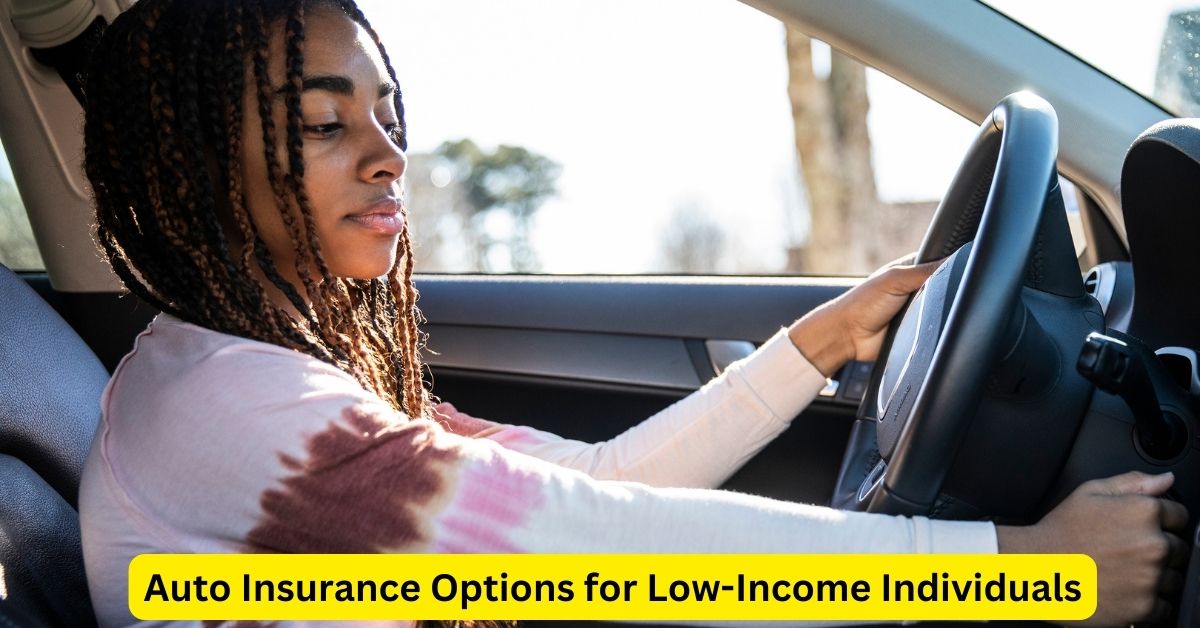As ridesharing services like Uber and Lyft become increasingly popular, many individuals are joining the ranks of drivers providing transportation services. However, the unique nature of ridesharing raises questions about auto insurance coverage. Here’s a breakdown of the insurance considerations for those driving for Uber, Lyft, or other ridesharing platforms.
**1. Personal Auto Insurance: Personal auto insurance typically does not cover commercial activities such as ridesharing. When using a personal vehicle for ridesharing purposes, drivers should inform their insurance provider and explore options for additional coverage. Some insurance companies offer ridesharing endorsements or policies designed to bridge the gap between personal and commercial use.
2. Rideshare Company Insurance: Both Uber and Lyft provide insurance coverage for their drivers, but the extent of coverage varies depending on the driver’s status within the ridesharing process.
- Offline or Personal Use: When a ridesharing driver is offline or not actively engaged in providing rides, their personal auto insurance is in effect.
- Available and Waiting for a Ride: Once a driver is logged into the rideshare app and available to accept rides, the rideshare company’s insurance coverage comes into play. This coverage typically includes liability coverage for third-party injuries and property damage, but it may have limitations on coverage amounts.
- En Route to Pick Up a Passenger or During a Ride: The highest level of coverage is generally in effect when a driver is en route to pick up a passenger or actively providing a ride. This coverage typically includes liability, collision, and comprehensive coverage for the driver’s vehicle.
3. Gap Coverage: There’s a potential coverage gap during the period when a driver is logged into the app but hasn’t yet accepted a ride request. Personal auto insurance may offer limited coverage during this time, and rideshare company coverage might not be fully engaged. To address this gap, some insurance providers offer rideshare endorsement policies that provide continuous coverage throughout the ridesharing process.
4. Optional Coverages: Ridesharing drivers may also consider additional optional coverages to enhance their protection. Medical payments coverage, uninsured/underinsured motorist coverage, and comprehensive coverage can provide added financial security in the event of accidents or injuries.
5. State Regulations: Insurance requirements for ridesharing drivers can vary by state. Some states have specific regulations outlining the insurance obligations of rideshare companies and their drivers. It’s important for drivers to be aware of and comply with the insurance requirements in their respective states.
6. Commercial Auto Insurance: For drivers who engage in ridesharing as a primary source of income or operate larger vehicles, such as vans or limousines, commercial auto insurance may be necessary. Commercial policies are designed to provide comprehensive coverage for vehicles used in business activities.
In conclusion, navigating the insurance landscape for ridesharing can be complex, but it’s crucial for drivers to understand and secure the appropriate coverage. Communicating with both personal auto insurance providers and rideshare companies, exploring rideshare endorsements or specialized policies, and staying informed about state regulations are key steps in ensuring comprehensive coverage for ridesharing activities. By addressing these considerations, rideshare drivers can focus on providing safe and reliable transportation services while having the peace of mind that they are adequately insured.




